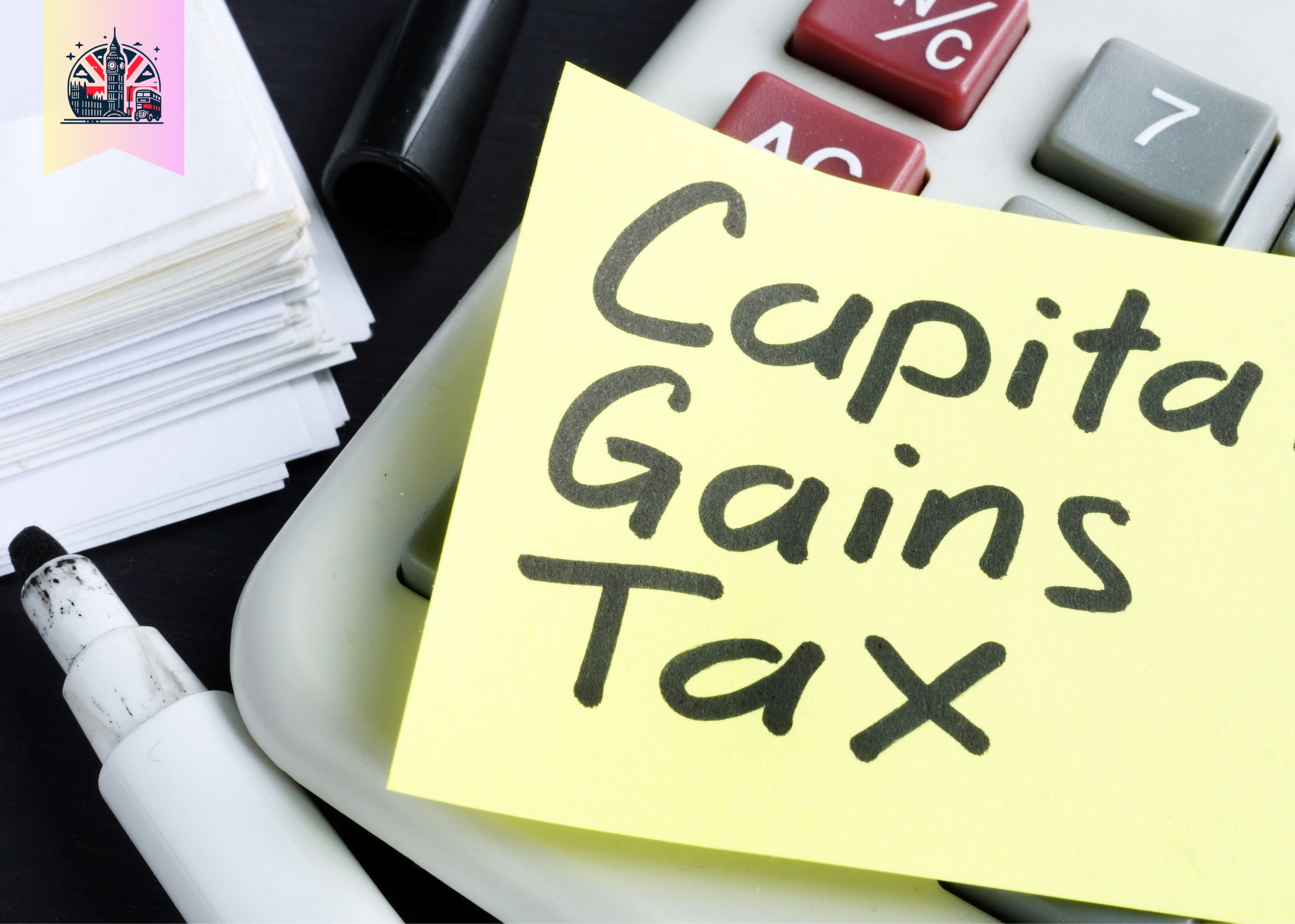Introduction
Capital Gains Tax (CGT) is a vital consideration for anyone involved in investment in the UK, from casual investors to the most seasoned financial experts. Understanding and strategically managing CGT can significantly enhance the returns on your investments by legally minimizing the tax payable. This comprehensive guide will walk you through the fundamentals of CGT and provide practical strategies to reduce your tax liability.
What is Capital Gains Tax?
Capital Gains Tax is a tax on the profit when you sell (or dispose of) an asset that has increased in value. It’s the gain you make that’s taxed, not the amount of money you receive. For UK investors, understanding CGT is crucial because it affects the net returns of their investment portfolios, ranging from real estate to stocks and bonds.
Current CGT Rates and Allowances
The following are the capital gains tax rates for the 2023/2024 tax year:
10% of your total capital gain (or 18% for residential property) if your annual income is less than £50,270.
20% (or 24% for residential property) of your total capital gain if your annual income exceeds £50,270.
Individuals are currently limited to a capital gains tax allowance of £3,000. For the tax year 2022/23, the amount was £12,300. This means that only capital gains of up to £3,000 are exempt from taxation. Capital gains tax is typically waived when an individual divests their primary residence. Contrary to income tax rates, the rate of capital gains tax (CGT) is predominantly asset-dependent; therefore, your second property will likely be taxed at a different rate than your gleaming jewellery.
Strategies for Legally Reducing CGT
Utilization of Annual Exempt Amount
Every taxpayer in the UK has an annual tax-free allowance for capital gains. You can use this allowance to realize gains up to the threshold each year without paying any CGT. Strategic realization of gains can involve planning disposals across multiple tax years to maximize the use of this exemption.
Asset Transfer Between Spouses
Transferring assets between spouses or civil partners can be a powerful tool in CGT planning. Transfers between partners are usually on a ‘no gain, no loss’ basis, allowing couples to effectively double the CGT allowance on joint assets or shift gains to the partner with a lower tax rate.
Timing of Disposals
The timing of when you dispose of assets can significantly impact your CGT liability. For instance, if you expect to have a lower taxable income in a future year, you might plan to realize a gain in that lower-income year to benefit from a lower CGT rate or increased allowance.
Investment in CGT Efficient Vehicles
Investing in Individual Savings Accounts (ISAs) and pensions can shield your gains from CGT. Investments held within ISAs and pensions grow tax-free, providing a substantial benefit over the long term.
Claiming Losses Against Gains
If you realize a loss on your investments, you can offset this loss against any gains to reduce your taxable amount. If your total losses exceed your gains, you can carry forward these losses to future years to offset against future gains.
Case Studies
To illustrate, let’s look at three scenarios:
- Jane’s Portfolio Adjustment: Jane has a portfolio of stocks worth £100,000 with a potential gain of £20,000. By selling portions of her investment over two tax years and utilizing her annual exempt amount of £3,000 each year, she completely avoids paying CGT.
- Richard and Emily’s Asset Transfer: Richard is likely to hit the higher-rate tax threshold this year. He transfers shares to his wife Emily, who is a basic-rate taxpayer. This transfer allows them to use Emily’s lower CGT rate when the shares are sold, reducing their overall tax liability.
- Simon’s Loss Offset: Simon sells an asset with a £5,000 loss and another with a £15,000 gain. He can offset his loss against the gain, resulting in a taxable gain of only £10,000, which is below his annual exempt amount, thus avoiding CGT altogether.
Conclusion
Capital Gains Tax doesn’t have to be a burden. With the right strategies, you can significantly reduce the amount of CGT you owe, thereby maximizing your investment returns. It’s important to stay informed about the latest tax rates and allowances by checking the HMRC website or consulting with a financial advisor to keep your strategies effective and compliant with current laws.







